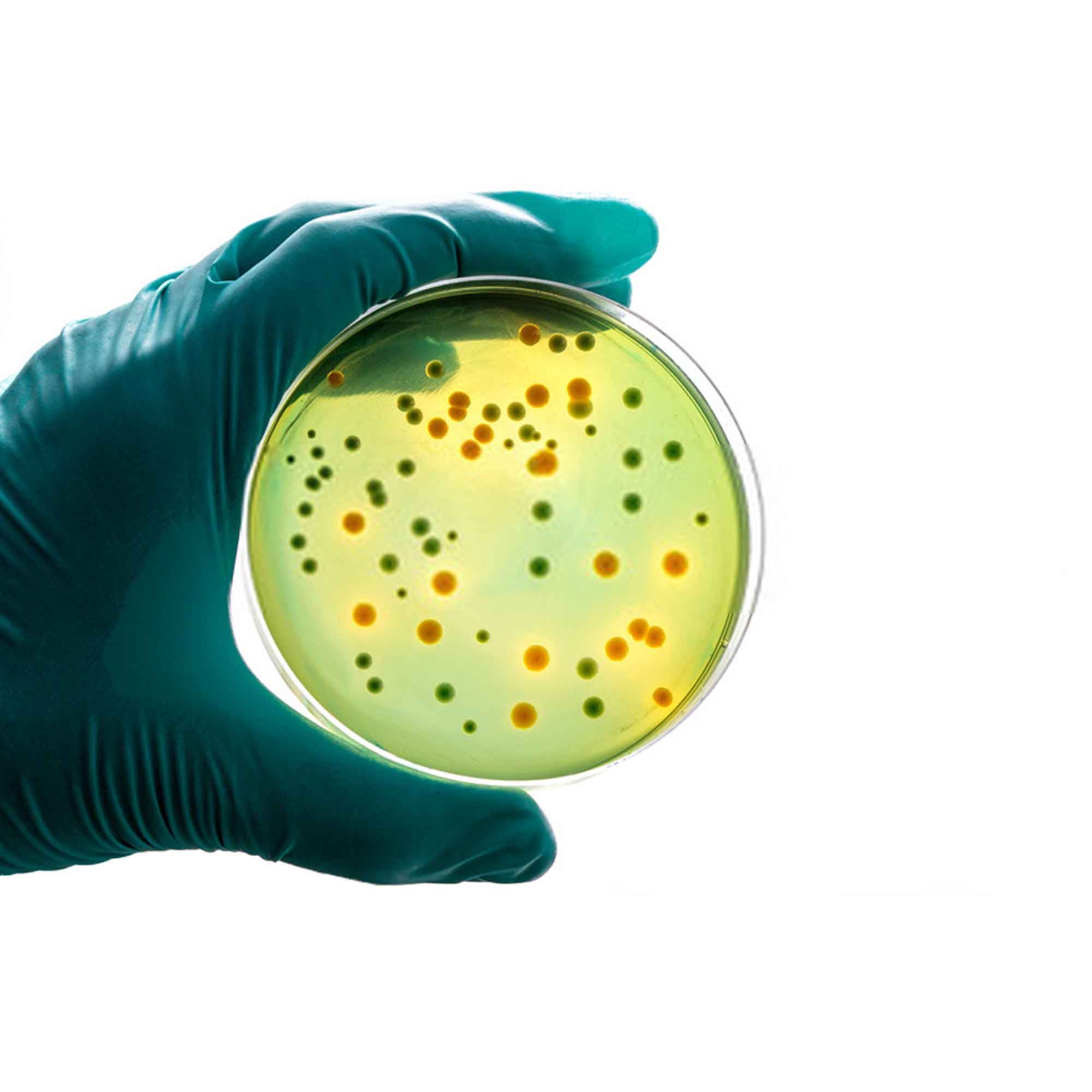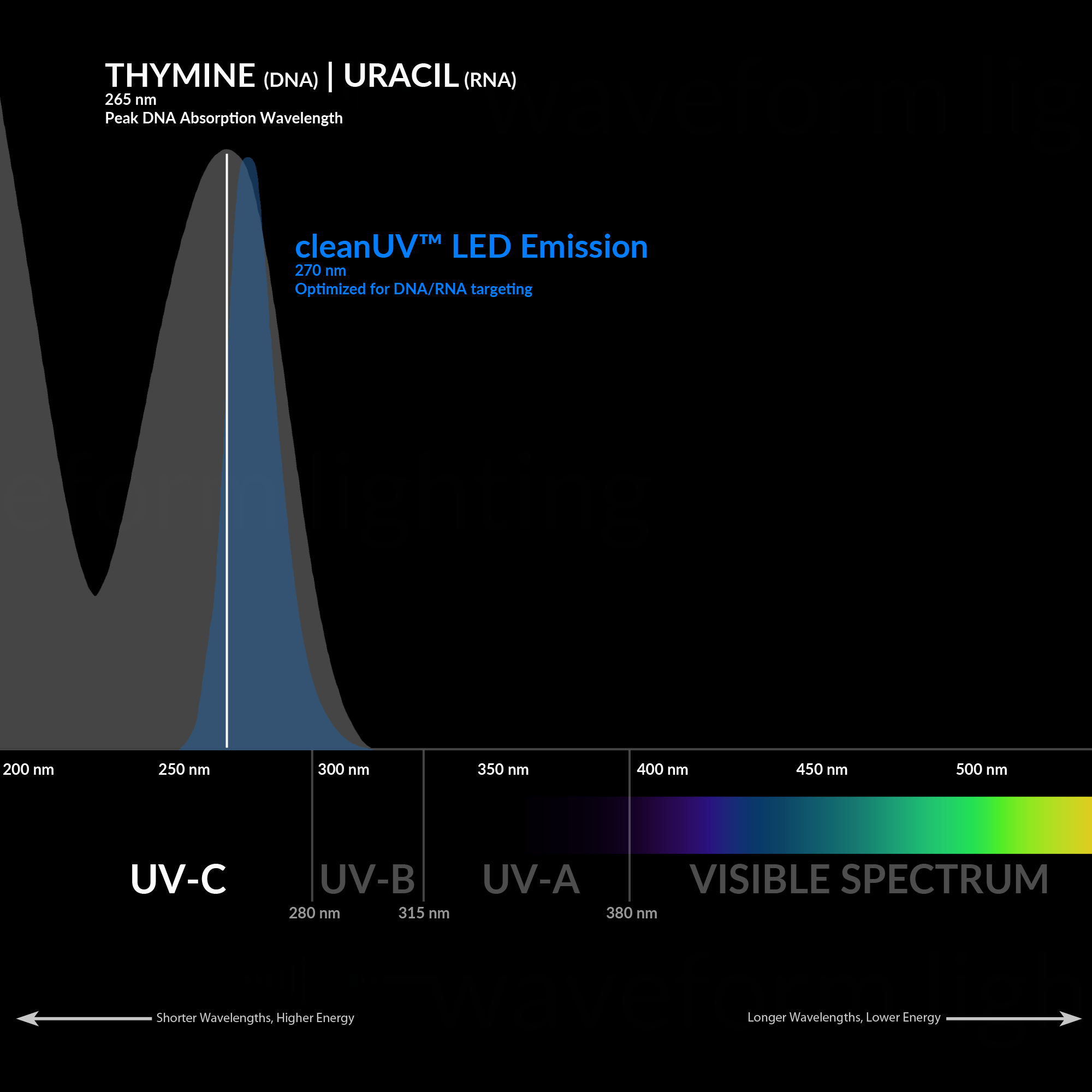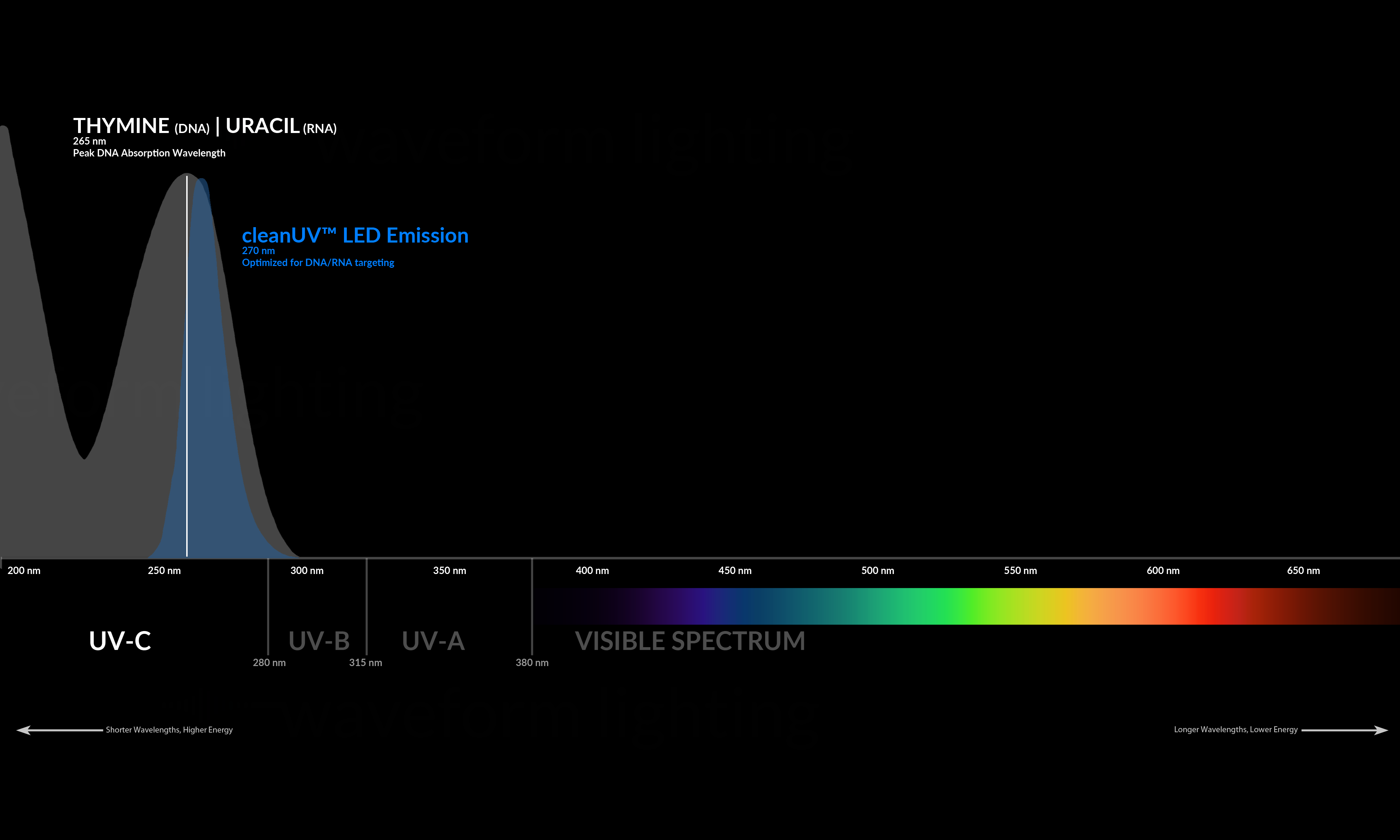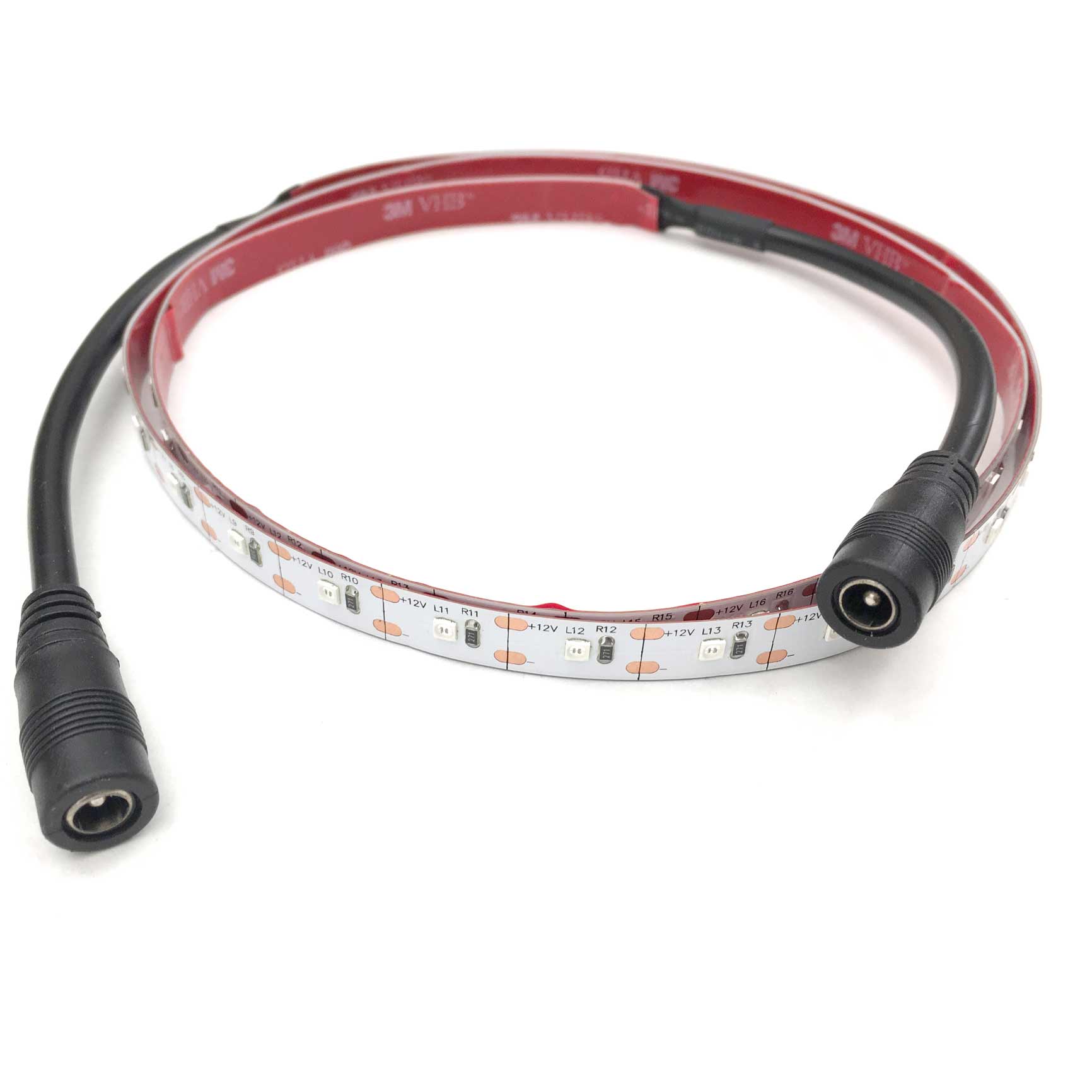
Introducing cleanUV™ Ultraviolet LED Technology
cleanUV™ is a UV-C LED source designed for sterilization and disinfection applications.
UV-C refers to class of ultraviolet energy wavelengths that have a unique ability to kill viruses, bacteria, molds and other pathogens.
With recent innovations in LED technologies, LED emitters are now powerful enough to be used for UVGI (ultraviolet germicidal irradiation) applications.
Kills Viruses, Bacteria & Molds
UV-C sterilization and disinfection effectively kills a wide range of viruses, bacteria and molds in water, air, or on surfaces.
Tests on effectiveness against SARS-CoV-2 (the coronavirus responsible for COVID-19) are ongoing, however, prior research shows that UV-C irradiance can effectively inactivate SARS and common cold coronaviruses (single strand RNA).
Applications of cleanUV™ range from healthcare equipment and facility sterilization, water and sewage treatment, HVAC systems and household disinfection.


Kills Viruses, Bacteria & Molds
UV-C sterilization and disinfection effectively kills a wide range of viruses, bacteria and molds in water, air, or on surfaces.
Tests on effectiveness against SARS-CoV-2 (the coronavirus responsible for COVID-19) are ongoing, however, prior research shows that UV-C irradiance can effectively inactivate SARS and common cold coronaviruses (single strand RNA).
Applications of cleanUV™ range from healthcare equipment and facility sterilization, water and sewage treatment, HVAC systems and household disinfection.
cleanUV™ Works at the DNA & RNA Level
cleanUV™ LED technology works by directly targeting the DNA and RNA molecules of bacteria, viruses, and molds.
When the DNA and RNA of these pathogens are exposed to 270 nanometer UV-C radiation, a chemical change occurs in the nucleic acids, resulting in a corruption in the genetic code.
Once its genetic code has been corrupted, the pathogen is no longer able to replicate itself, quickly resulting in the death and elimination of viral and bacterial colonies.
This rearrangement results in an altered genetic code that inactivates the pathogen. This alteration is called dimerization.
Before UV-C Treatment
After UV-C Treatment
Adenine Cytosine Guanine Thymine
Targeting the Right Wavelengths
When exposed to certain ultraviolet wavelengths, nucleic acids absorb the ultraviolet particles and rearrange their molecular structure.
Research has shown that thymine (in DNA) and uracil (in RNA) absorb ultraviolet radiation most readily at wavelengths between 255 and 275 nanometers.
Wavelengths higher than 300 nanometers (UV-B and UV-A) fail to cause dimerization, and are therefore ineffective for sterilization applications.


Targeting the Right Wavelengths
When exposed to certain ultraviolet wavelengths, nucleic acids absorb the ultraviolet particles and rearrange their molecular structure.
Research has shown that thymine (in DNA) and uracil (in RNA) absorb ultraviolet radiation most readily at wavelengths between 255 and 275 nanometers.
Wavelengths higher than 300 nanometers (UV-B and UV-A) fail to cause dimerization, and are therefore ineffective for sterilization applications.
cleanUV™ UV-C LED Strip Light
In response to the ongoing COVID-19 pandemic, Waveform Lighting has fast-tracked development of our cleanUV™ LED technology. We are currently offering cleanUV™ UV-C LED strip lights for sale in limited quantities. Additional form factors are in development and will be released soon.
Purchase Now →
Related Blog Posts
Want to learn more?
Visit our product support center to learn more about our products. Download spec sheets, test reports and reach out to us with any questions.
